The first year of homeschooling isn’t so bad. You remember: that year when you were only homeschooling one kindergartener. All of their books fit into one nice tidy little box or on one little bookshelf.
The second year wasn’t too bad either. I might have even said smugly to myself, “This really is easy peasy.”
But a few years and a few kids in, it starts to get trickier—and a lot messier. And then what happens when your 3rd grader is doing 4th grade math, so you have to go digging for the right book in a separate box. Things don’t stay so nice and tidy.
1. Figure out how to store the books: bookshelves, boxes, or totes?
This depends a lot on your situation. You have to figure out what is going to be feasible for you. Do you have a dedicated space where you can set up nice bookshelves? Or maybe totes or boxes would work better for you?
We use a combination of bookshelves and boxes, but I’d like to transition from boxes to totes. I have some room in my unfinished basement for bookshelves, and the rest of the books are in boxes. I simply ran out of room on the bookshelves. I don’t have a nice big dedicated homeschool room, otherwise things might be organized differently.
2. Determine How You’ll Sort
The primary way to sort your books are either by subject or grade. There isn’t a right or wrong, just whatever makes the most sense for your situation.
Again, here I do a little of both. I have a PreK, a Kindergarten, and a 1st grade box. These have all of the books I use for these grades. Once we pass that threshold, I start having kids that are more advanced in certain areas and not as advanced in other areas, so it’s more difficult to keep everything in one grade box.
With my 2nd grade and above curriculum, I sort by subject. I keep all of the history books together, the math books together, etc. I keep as much of this as I can on bookshelves, but I’ve run out space on bookshelves, and use some boxes here too.
3. Separate the books your kids read over and over.
We have a lot of books our kids read with our homeschool curriculum. For instance, each year Bradley typically reads somewhere around 10-12 books for literature and another 7-10 historical fiction or biography books to go along with his history. Often, he’ll decide in the summer or the following year that he really enjoyed a book that he read and wants to re-read it.
I love that he’s a great reader and loves to read, but that’s a lot of books to store separately. It was important my system addressed this.
4. Find a separate space for those well-loved books.
Once you’ve separated out the books your kids love to read, find a separate space to store this. You’re probably going to want a space that is easy for them to access. I’m guessing you’re probably not the mom who loves it when kids pull out boxes and rummage through them.
A bookshelf is ideal for this. I have a bookshelf full of books my kids have read at various ages. They know they can always go there and pull a book off the shelf to read.
5. Color code for more organization.
Let me admit that I’ve not actually done this, but it was an idea I had a while back that I’d love to implement. I’d like my books to all be color-coded by subject.
This wouldn’t need to be elaborate: just a little sticker or something to place on the spine. It may seem intuitive about what subject a book is, but I have a very specific reason for wanting to implement this system. If I had this system implemented and I asked one of my kids or my husband to take a book down to the basement and put it away, they wouldn’t just lay it on the table downstairs. They would actually know exactly where to put it without having to discern what subject it was and where I stored that particular subject. The books could go right on the shelf they belonged!
6. Figure out a “loaner” system.
This might not apply to everyone, but one way I’ve saved money on homeschool curriculum is loaning and borrowing with a few local homeschool friends. It’s worked out really well thus far. Of course, you do have to remember when loaning books there is always a chance you won’t get them back, so if you’re ok with this I’d suggest giving it a try.
How do you keep track of where your curriculum is? You DO keep track, right? IF you don’t and are looking for a system, here are a few easy ideas.
- Spiral bound notebook: This is the quick, easy, low-tech way to do it. Simply grab a cheap spiral bound notebook from the store, and start a list of what book you loaned, when you loaned it, and who you loaned it to. Cross it off the list when it’s returned. I’d store the notebook with your curriculum, so you don’t lose track of it!
- Note on your smartphone: This is the more techy way to do things. The idea is exactly the same though. Just start a note on your smartphone and use the same directions as above. Except I probably wouldn’t store the smart phone with your curriculum 🙂
- Index card box: This is a little fancier! Place the title of each book you have loaned out at the top of an index card. Underneath write who you loaned it to and the date. If you’re a big-time loaner you could get fancy with how you organize your index card box. You could get tabs and organize by subject or grade. You could alphabetize your cards by curriculum title. I don’t think most of us borrow enough curriculum to jump through those kind of hoops though!
7. Organize your digital curriculum.
In the digital age, my guess is that a lot of you have some digital curriculum. A lot of major publishers are offering both softcover and digital option. At first, I didn’t want digital curriculum. I wanted real, hard-bound books. For some curriculum that’s still the case. But for most, I’ve begun to prefer digital curriculum.
I organize my digital curriculum by subject. I have one master folder on my computer for digital homeschool curriculum or supplements. In side that folder, I have another folder with science curriculum. All Latin goes in another folder. All handwriting in another. So on and so forth.
Just like with books, you could also opt to organize your digital curriculum by grade. Or you could get really fancy and organize by grade and subject, but that would be a little overkill for me!
Our Homeschool Science Video Curriculum Courses
Did you know that we have created our own homeschool science curriculum? Journey Homeschool Academy is a video-based homeschool curriculum with courses for astronomy, biology, chemistry, and more for students from elementary through high school. Head over to the Journey Homeschool Academy website to learn more.

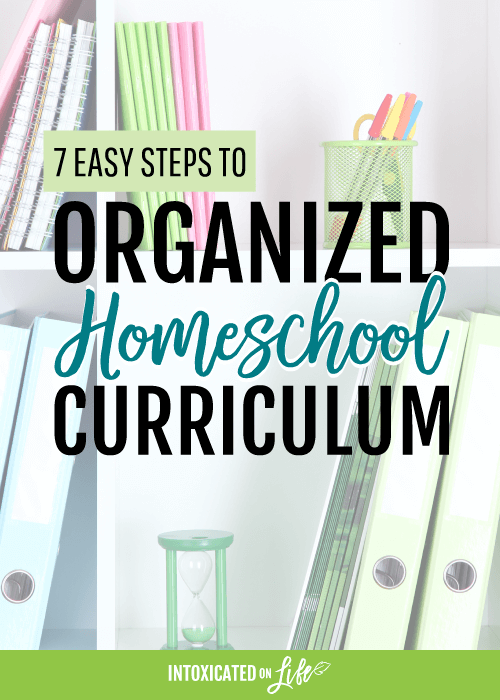
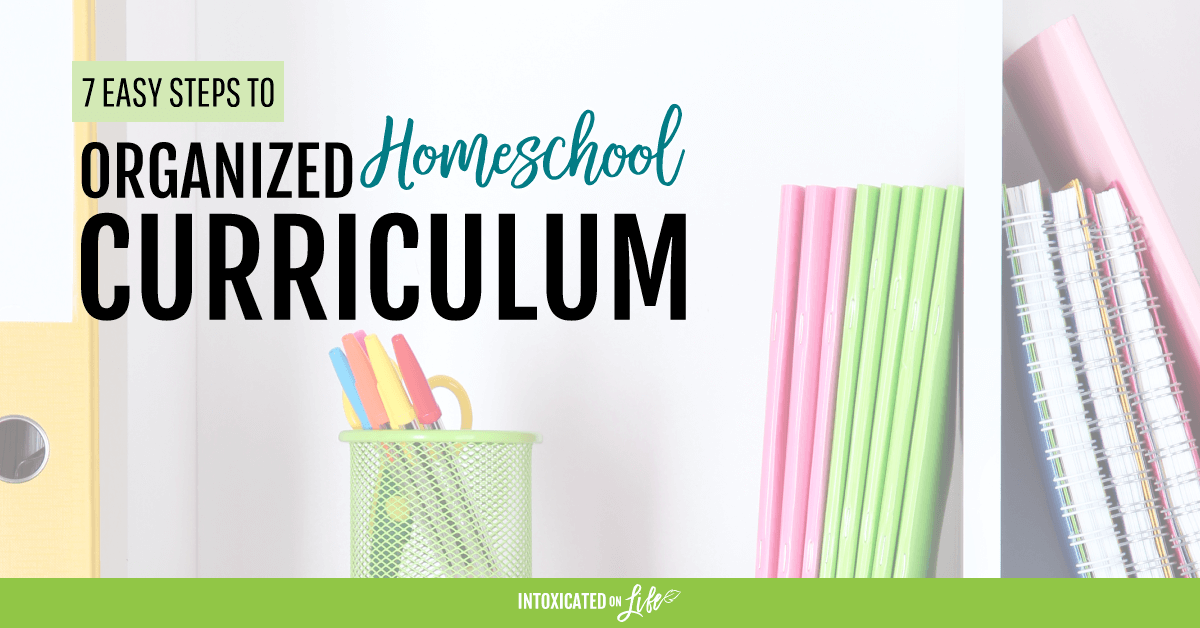


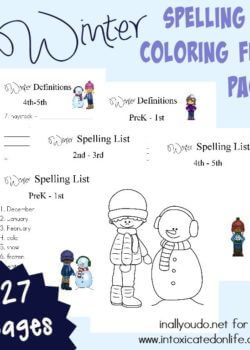


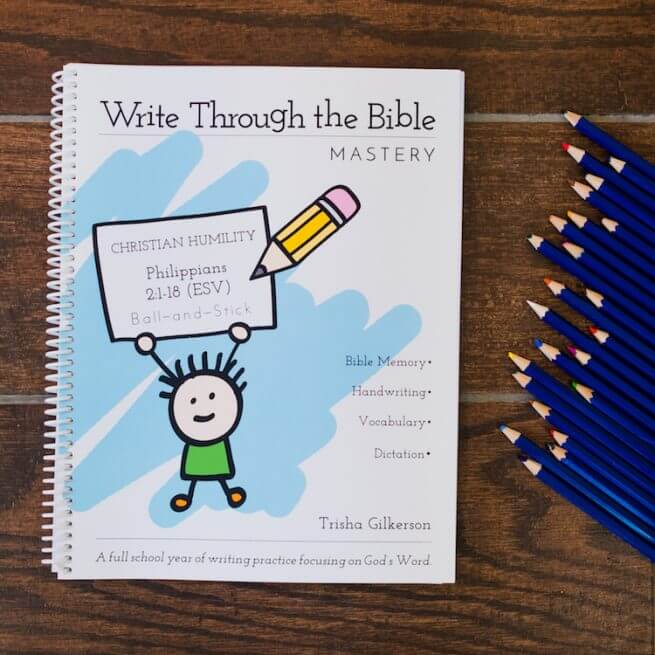
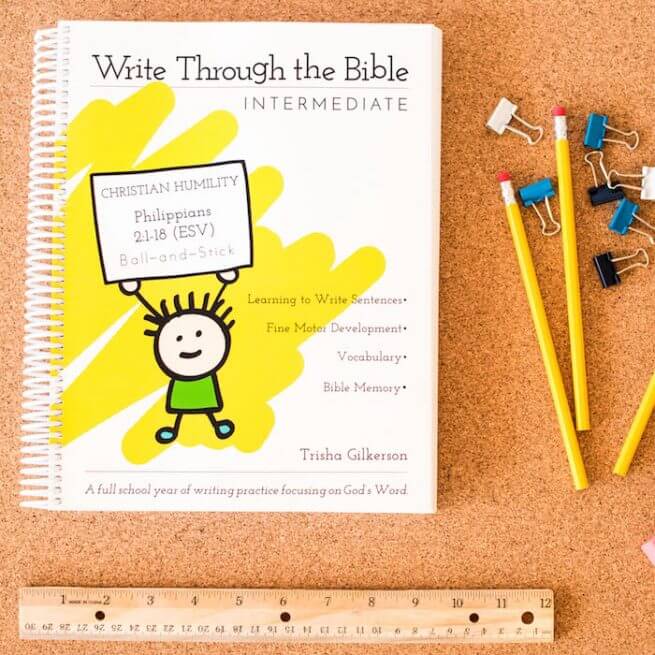
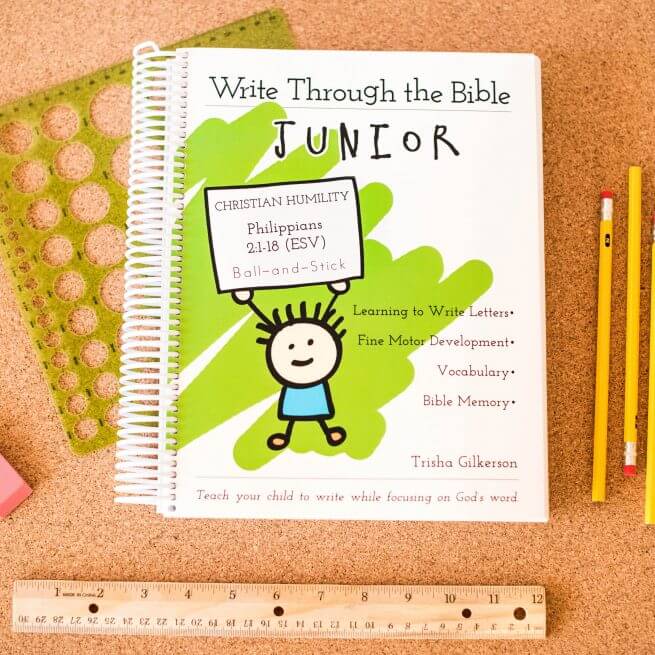
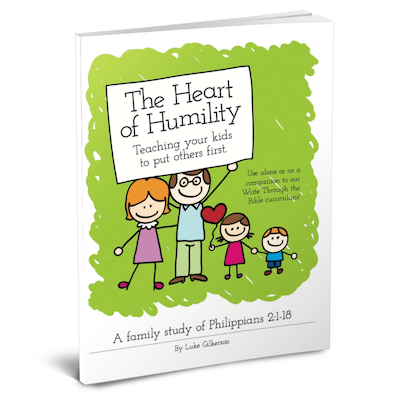

A place I store “loaner” info is in my drafts in email. I like it because I can access it from ANY computer, any time:) And I’ve found that loaning to people I am also borrowing from works well as well. But I’ve had plenty not returned and finally had to stop loaning sometimes based on how much I rely on the curriculum being asked to borrow.
Best tip: Just take time to organize it and then go back periodically to re-organize:)
I used to store things in my drafts ALL THE TIME. Until one day, I accidentally hit delete on one of the drafts and it was gone forever. I about cried because I had tons of info in that particular draft. So, just be careful with those drafts 🙂
And a very good tip! I try to reorganize every summer after we’ve finished up our school year. For me, it’s been a great time to do it.
Electrical tape comes in many colors, and a small strip on the spine of a book sticks better than most stickers, and is a great way to categorize books. For our history books, I write a year or year range on the tape so it is easier to put the book chronologically on the shelf.
This awesome Trisha! You are the best! Your tips and matched with equally wonderful personal experiences are really exceptional!!!! Keep it coming! Love reading them
Thanks Mary 🙂
what i was really hoping to gain is HOW do I organize my digital curriculum? I can wrap my head around boxes, labels, and color coding actual books, but how do I organize the digital stuff? I can’t see it. I can’t remember that it’s there.
Hi Juli,
I simply have a master folder on my computer with all of my digital curriculum. I then have folders inside that organize it by grade level. Alternatively, you could organize it by subject if that makes more sense for you 🙂